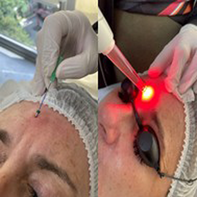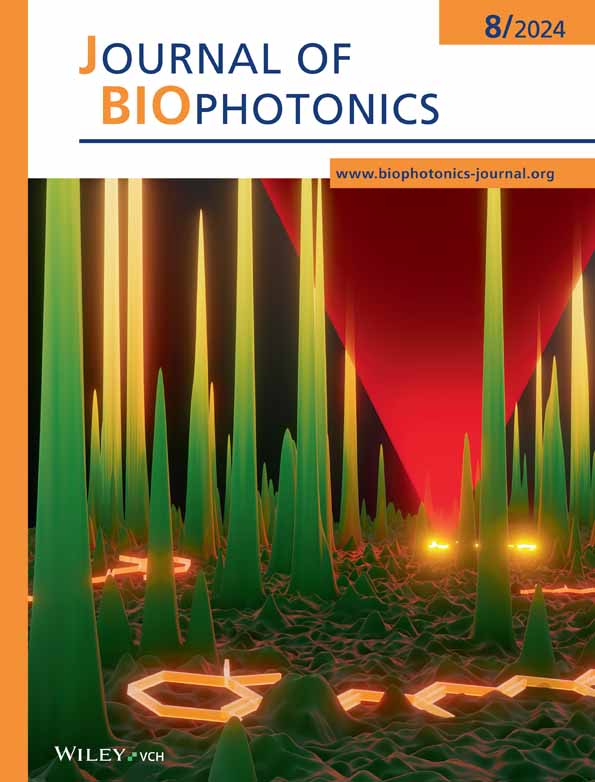Combining red photobiomodulation therapy with polydioxanone threads for wrinkle reduction in the glabella region: A randomized, controlled, double-blind clinical trial
Abstract
The combination of polydioxanone (PDO) threads with other technologies has garnered significant interest for rejuvenation purposes. Photobiomodulation (PBM) has the potential to improve patient comfort and recovery after minimally invasive rejuvenation protocols and also contribute to the overall efficacy of these procedures, fostering an integrative approach to cutaneous rejuvenation. The objective os this work was to investigate concurrent application of PDO threads and red LED PBM on glabellar static wrinkles, in a parallel randomized sham-controlled trial. Forty individuals with Glogau aging classification levels 3 and 4, static glabellar wrinkles, and no significant comorbidities received PDO threads applied along glabellar line. Effective PBM group received 1.35 J and 630 nm red LED light punctually along threads, twice weekly for nine sessions over 30 days. The outcome measures were swelling assessment, dermal thickness and PDO thread degradation via linear ultrasound. No swelling was detected 24 h post-PDO thread application, hindering PBM effect assessment. PDO threads induced dermal thickening; no added effect with PBM. No significant difference in thread hydrolysis between groups, though some ultrasound records inconclusive on thread presence. The absence of swelling may stem from various factors, including the timing of post-procedure swelling assessment, operator proficiency in thread application, and procedural characteristics. No evidence supports the notion that PBM augments dermal thickening, however other light parameters should be studied. Insufficient data to demonstrate PBM's effectiveness in controlling post-procedure swelling. Combination of PBM with PDO thread application doesn't enhance dermal thickening, nor accelerate thread degradation at the parameters used here.
CONFLICT OF INTEREST STATEMENT
The authors have no disclosures.
Open Research
DATA AVAILABILITY STATEMENT
A spreadsheet with tabulated and anonymized data will be available upon correspondence with the author. The spreadsheet is stored at the Open Science Framework (https://doi.org/10.17605/OSF.IO/WBFRP) and it may be accessed upon permission from authors. Pictures of the participants will not be made available at any time.




